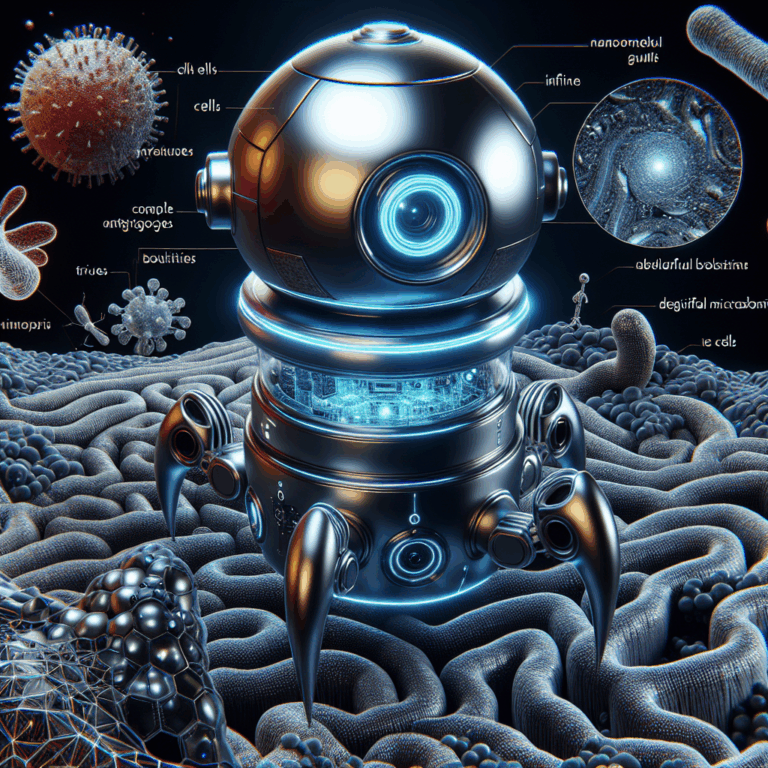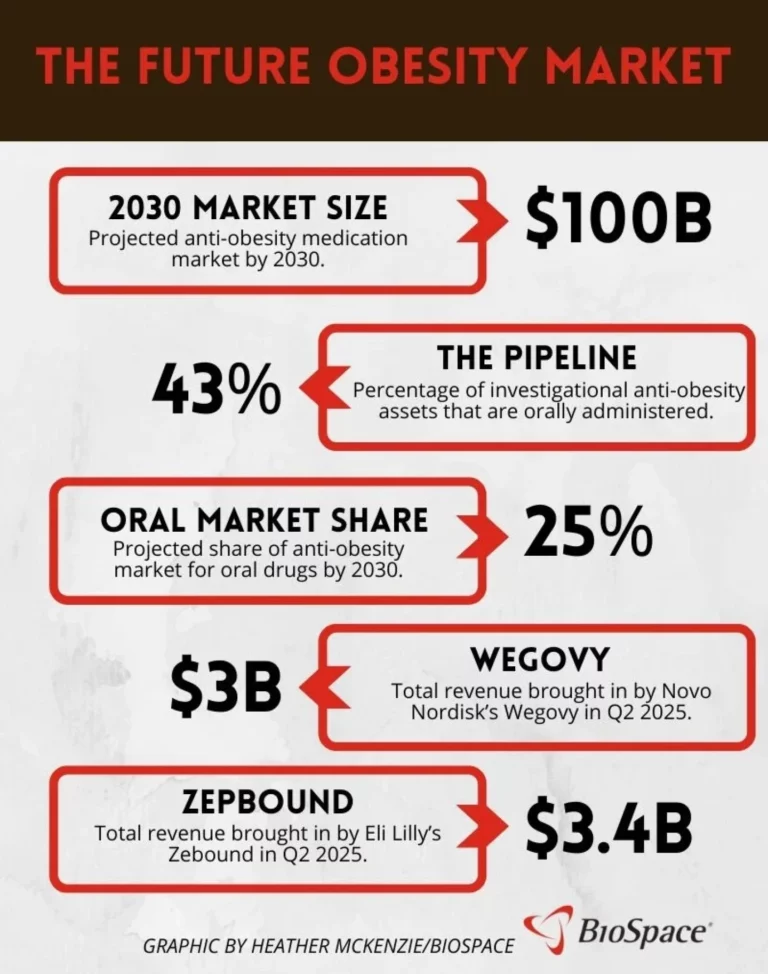
This article is part of our exclusive IEEE Journal Watch series in partnership with IEEE Xplore.
Medical providers have a wide swath of imaging options to help peer inside a patient’s abdomen and assess a health concern—but sometimes a deeper dive is needed in the form of a biopsy. Recently, researchers in China developed a novel, swallowable capsule that is magnetically guided within the gut to perform liquid biopsies.
In a study published in the September issue of IEEE Transactions on Biomedical Engineering, the researchers put the cleverly designed capsule through a series of tests, including in a real intestinal cavity, demonstrating it could potentially be viable in humans one day.
Currently, gut biopsies are collected through invasive procedures, like an endoscopy or a colonoscopy, in which tubes must be inserted into the patient’s body and anesthesia is required. This has prompted scientists to search for less invasive techniques, including swallowable capsules.
Shuang Song, a professor at the School of Robotics and Advanced Manufacture at the Harbin Institute of Technology Shenzhen, notes that many swallowable capsules developed to date have been limited to internal imaging of the gut. Their team wanted to create a minirobot capable of actually sampling liquid in the gut—which, although not as common as a tissue sample, can still yield important insights into gut health. Taking these samples yields more biochemical information, such as gut microbiota composition, metabolites, inflammatory markers, and digestive enzyme activity.
“By collecting intestinal fluid samples, this robot may provide critical information for gut microbiota-related diseases, malabsorption disorders, gastrointestinal bleeding, and early cancer screening,” Song explains. He adds that this approach, compared to traditional tissue biopsies, avoids the risk of tissue damage or bleeding, and is particularly suitable for hard-to-reach areas like the small intestine.
How the Capsule Robot Works
The robot design is simultaneously simple and effective. After the patient swallows the capsule, an external magnetic-sensor-array system tracks the robot’s position and orientation in real time to determine whether it has reached the target sampling area. Once the target area is reached, an external magnetic field is applied to orient the sampling port of the capsule robot toward the intestinal fluid. The magnetic field is then increased to trigger a magnetic spring mechanism inside the capsule.
 By changing the orientation and strength of the applied magnetic field, researchers can direct the capsules and trigger the mechanism that draws in a liquid sample. Shuo Zhang, Shaohui Song, et al.
By changing the orientation and strength of the applied magnetic field, researchers can direct the capsules and trigger the mechanism that draws in a liquid sample. Shuo Zhang, Shaohui Song, et al.
“This mechanism would then expand the internally compressed flexible membrane chamber, creating negative pressure within the chamber that draws liquid into the capsule robot,” Song explains.
In a way, it’s like reopening a plastic water bottle after a flight, where the changes in pressure cause air to be sucked into the water bottle, reinflating it. In the case of this robotic capsule, the pressure changes cause liquid samples in the gut to be sucked into the capsule.
After the capsule collects its sample and passes through the gut, its outer shell can be removed and the sample analyzed.
The researchers tested a prototype of the robot, which measures 16.3 by 24.4 millimeters, through a series of experiments. In an isolated pig intestine, they show that the capsule can be effectively guided to desired locations using the magnetic field. They also demonstrate that the capsule is able to suck in liquids of different viscosities—including the range of viscosity common in the human gut—and effectively seal the liquid inside.
“The proposed capsule robot has the advantages of small size and large sampling capacity,” Song says, adding that no internal power supply is needed. “However, our capsule robot is only applicable to liquid sampling and has certain limitations when dealing with solid and solid-liquid mixed samples.”
The team plans to further optimize the size and structure of the capsule robot, improving the shell material to ensure its safety in humans, and test the capsule via experiments in live animals.



















 By changing the orientation and strength of the applied magnetic field, researchers can direct the capsules and trigger the mechanism that draws in a liquid sample.
By changing the orientation and strength of the applied magnetic field, researchers can direct the capsules and trigger the mechanism that draws in a liquid sample. 












